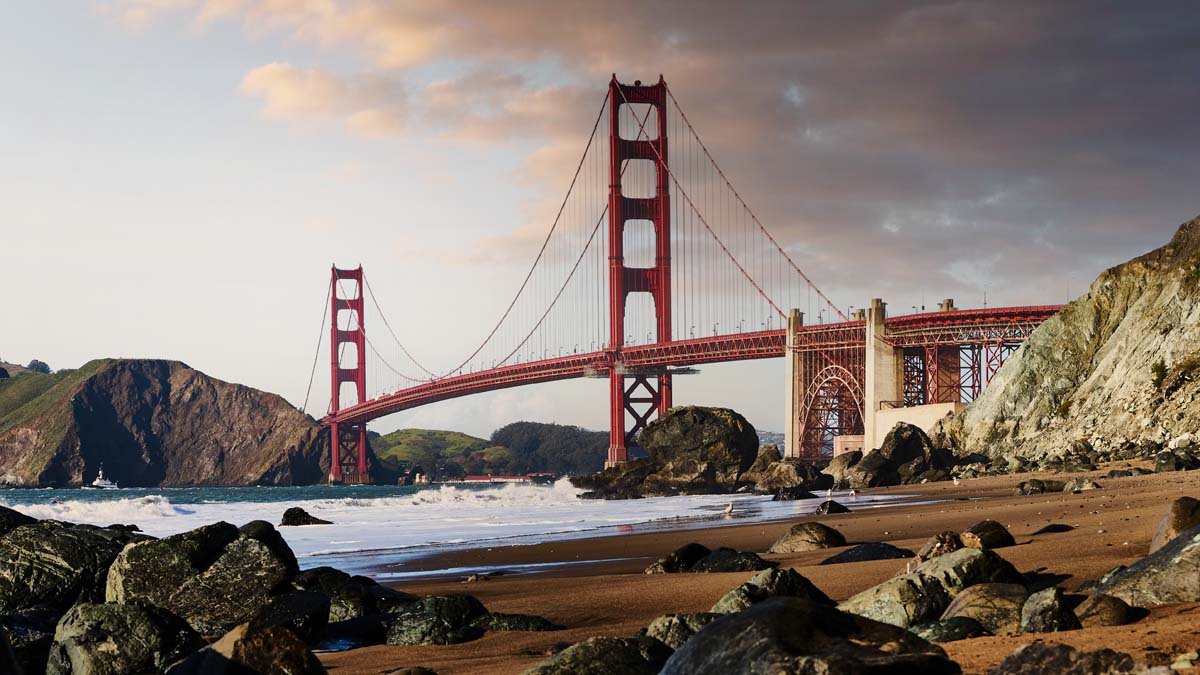

My work takes me to many places around the world, and I am very grateful for that. So why Napa Valley? We are collaborating with Wine Train to offer their tickets and experiences. The Wine Train is a journey nearly as impressive as the history behind this region. It travels through Napa Valley, sharing stories from the past. It is somewhat reminiscent of the Orient Express. There is no shortage of food and wine on board. Let us see whether it lives up to the expectations.
Traveling to Napa is not straightforward. We flew from Vienna to Zurich, then took a long 13-hour flight to San Francisco. For flights of this length, I bring along audiovisual equipment. The rest of the time, I enjoyed some wine on the small French-style airplane. The Swiss crew, encountering Czech and Slovak passengers for the first time, assumed we had had enough. Fully sober, we prepared for landing.
I am now familiar with U.S. passport control procedures. The key is to have a clear and consistent explanation for your visit, including the duration of your stay. Before landing, you must apply for a visa — sometimes this is an electronic authorization like ESTA. I recommend downloading the official application and selecting the correct option. Be sure to check the fee and pay the appropriate amount.
America has a distinctive atmosphere. While traveling around Europe, each place has its own character. However, the atmosphere in the United States is quite different. A notable difference is in the size of vehicles. What is considered small in Europe is relatively large in the U.S. On the West Coast, vehicle sizes tend to be even bigger. The vehicle that transported us to Napa, a journey of nearly an hour, seemed like a hybrid between a car and a bus. Interestingly, the ride felt somewhat like being in a wide-bodied race car, though with somewhat unstable suspension.
By the time we arrived from Europe to our hotel in Napa, the seasons seemed to have changed several times. San Francisco is located roughly at the same latitude as Morocco, yet the climate can be quite chilly. Napa Valley, with its Mediterranean climate, felt much more familiar and comfortable.
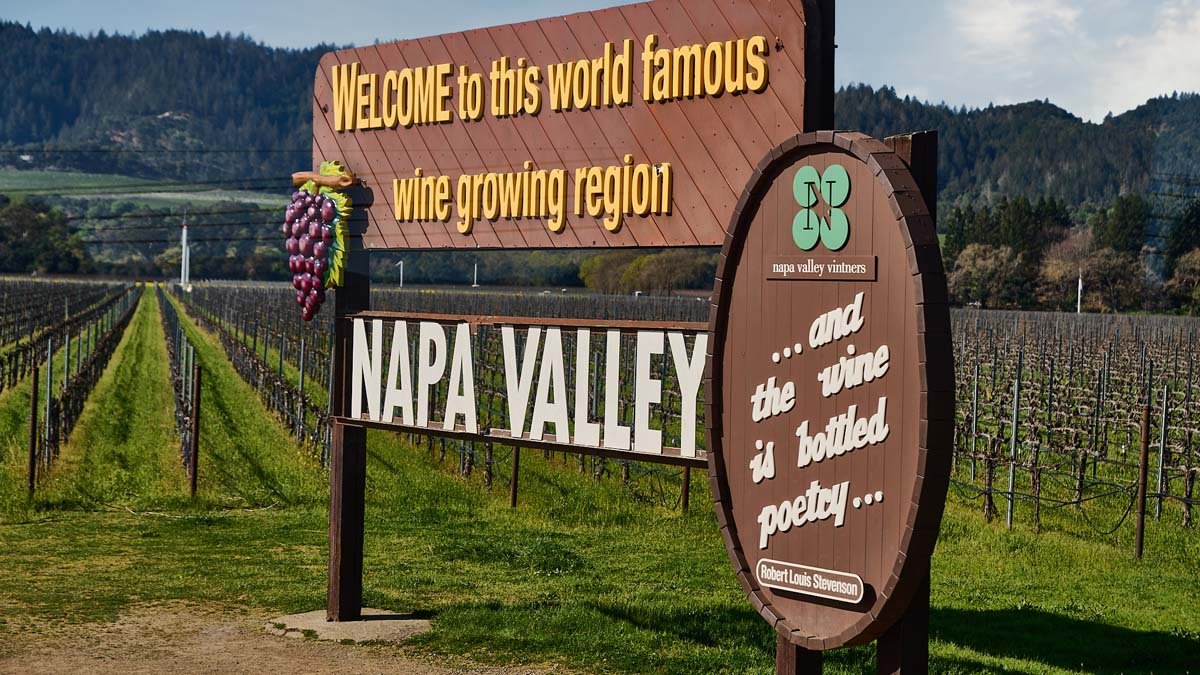
The gold rush brought a large influx of people and wealth to the West Coast. One notable figure is Samuel Brannan, who founded the first local newspaper, the California Star. However, he gained his fortune and fame in Napa Valley differently. When news arrived in January 1848 about gold discovered at Sutter’s Mill, Brannan purchased all available shovels, pans, and equipment, then went through town announcing, “Gold! Gold on the American River!” — sparking the gold rush and earning over $36,000 within nine weeks. Around the same time, Napa’s first vineyard was established, and the region began to flourish.
One of the first vineyards was Charles Krug, whose winery still operates today and is a stop on the Wine Train route. Regarding the Wine Train itself — is it worth it? For those with a generous budget who are indifferent to wine, certainly. For others, perhaps not. For the price of the Wine Train experience, one could spend half a day at any Michelin-starred restaurant and still pay extra for wine during lunch. One would expect a special experience on the Wine Train, yet it mainly features enthusiastic guides with microphones and stops at wineries that host thousands of visitors daily, such as V. Sattui. However, Charles Krug is an impressive winery. Interestingly, while California is often associated with red wine, white Chardonnay is the predominant variety here.
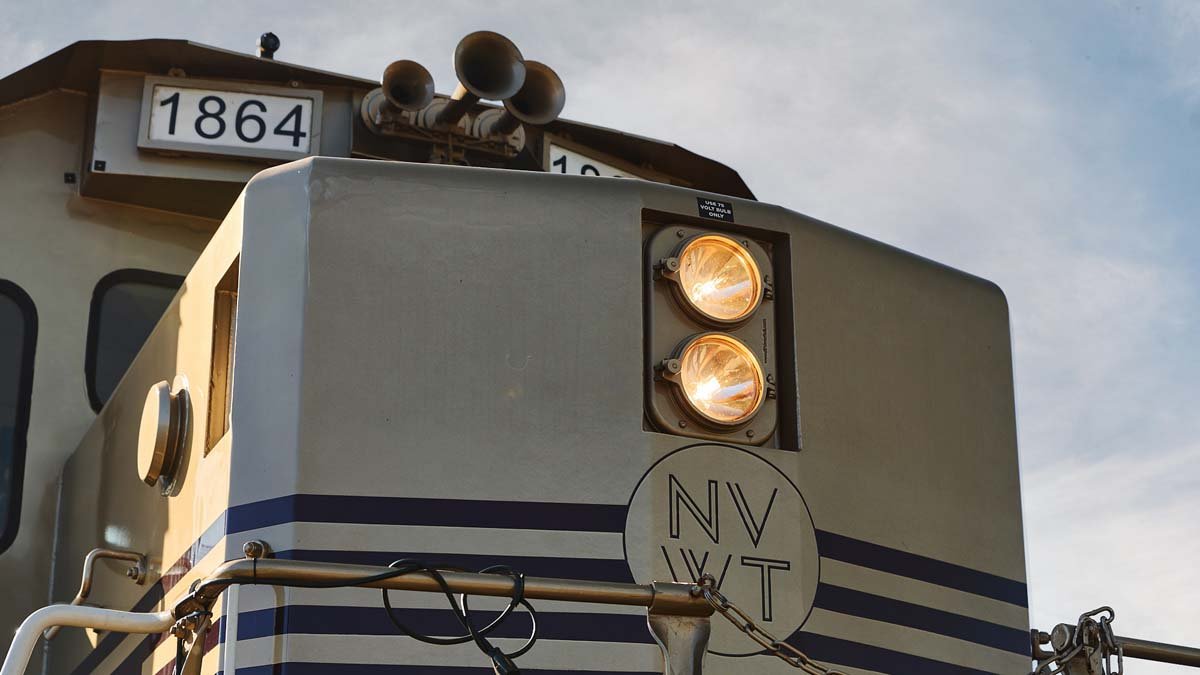
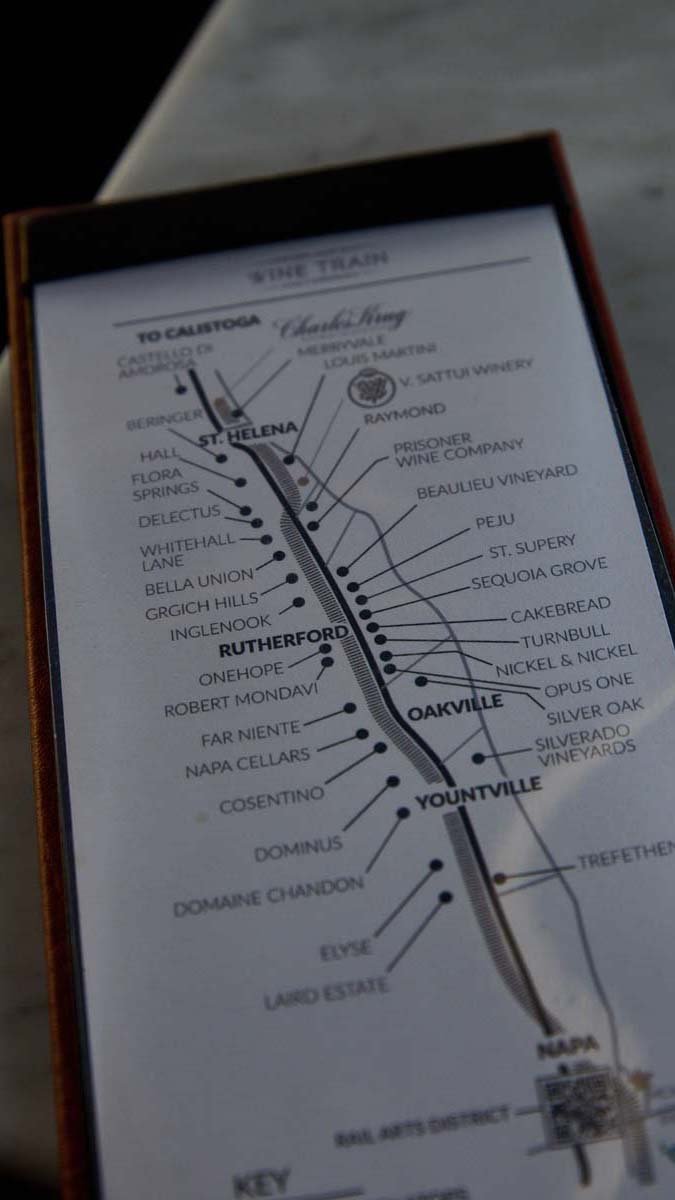
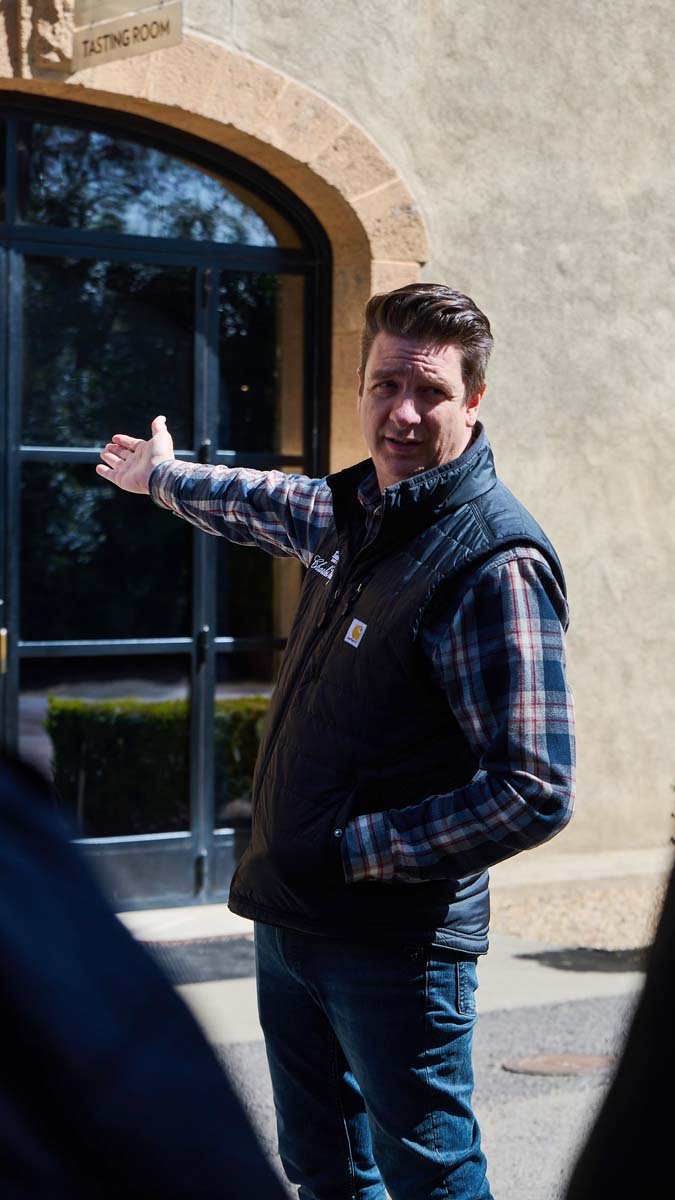
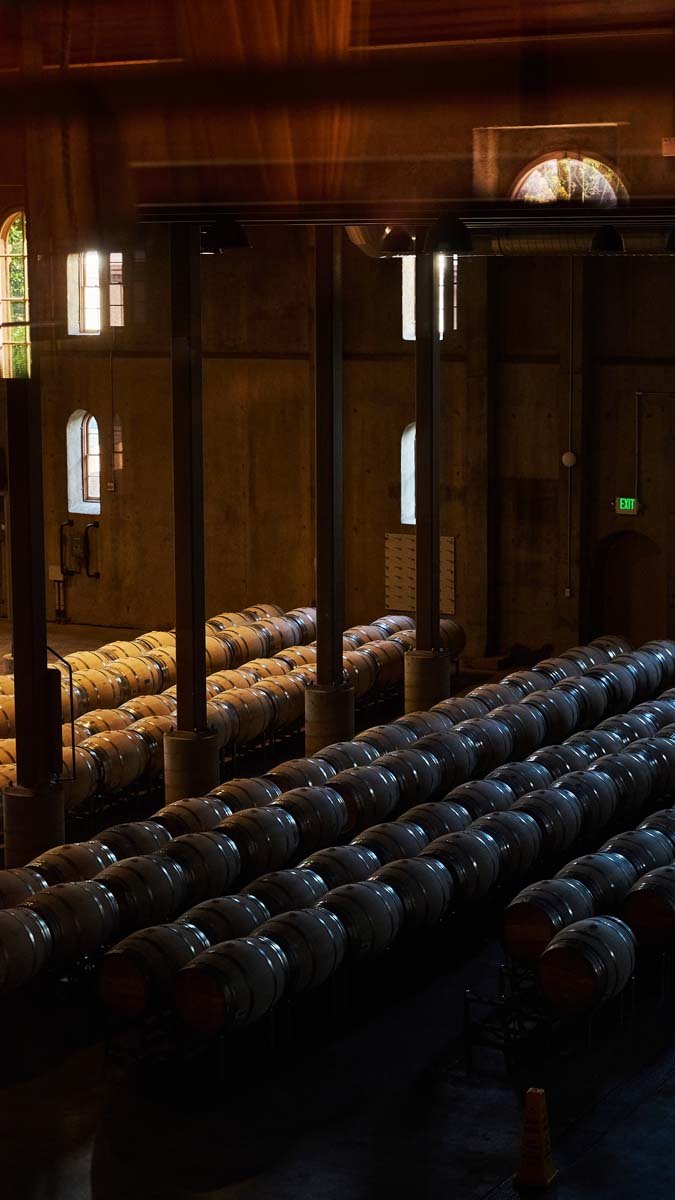
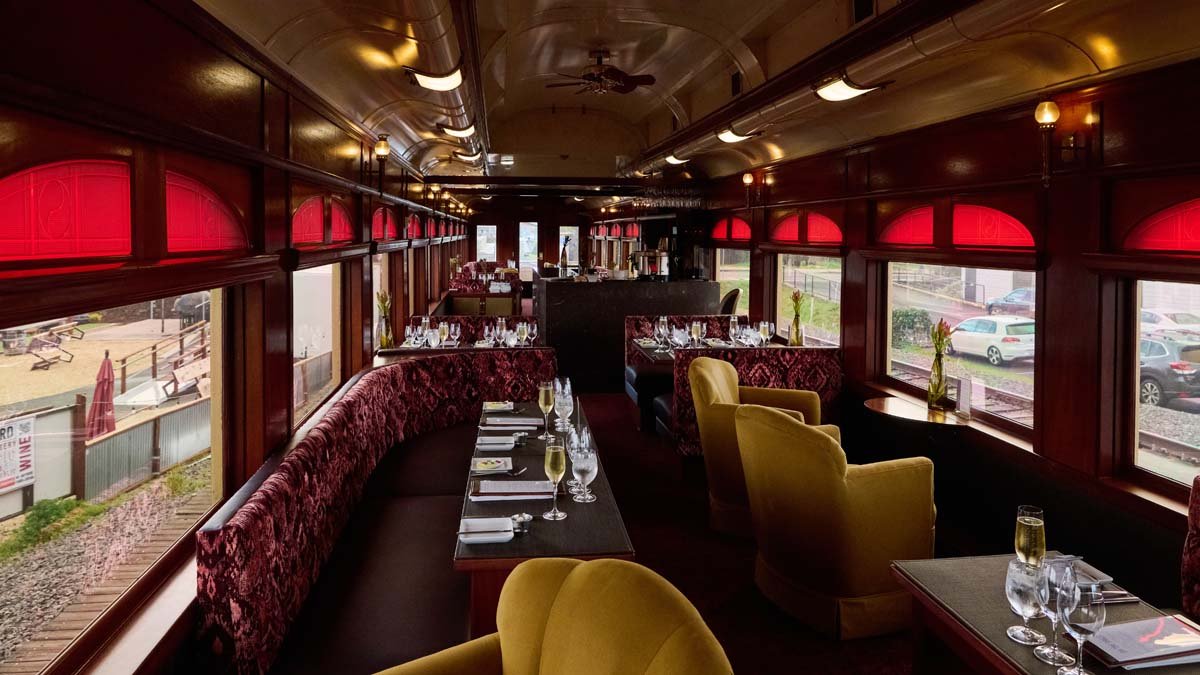
We spent more time in Napa Valley. At this point, the criticism ends. In brief — the Wine Train may not be recommended, but there are many other worthwhile activities. To give you some orientation, besides Napa, there are three other notable regions: Sonoma, Dry Creek, and Bodega Bay. We will highlight almost all of these. For beer lovers in Napa, The Garden is a good choice. For live music and drinks, consider Napa Palisades Saloon. For fresh, farm-produced goods, visit Oxbow Public Market.
Before departing, I received some winery recommendations from an expert, Arielle DeSoucey, also known as Civil Wines. She is a sommelier based in Arizona and kindly shared several tips on wineries to visit and wines to try. You will find her recommendations in the useful info section at the end of this article. Many thanks to her; it has been a long time since we last met.
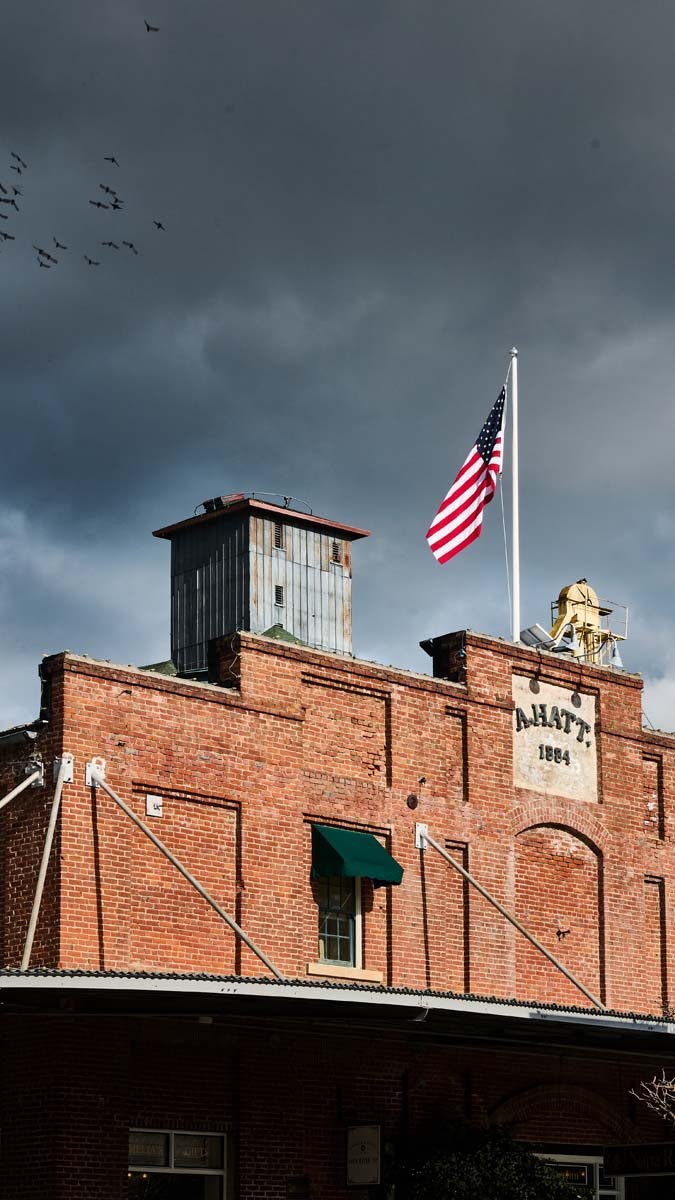
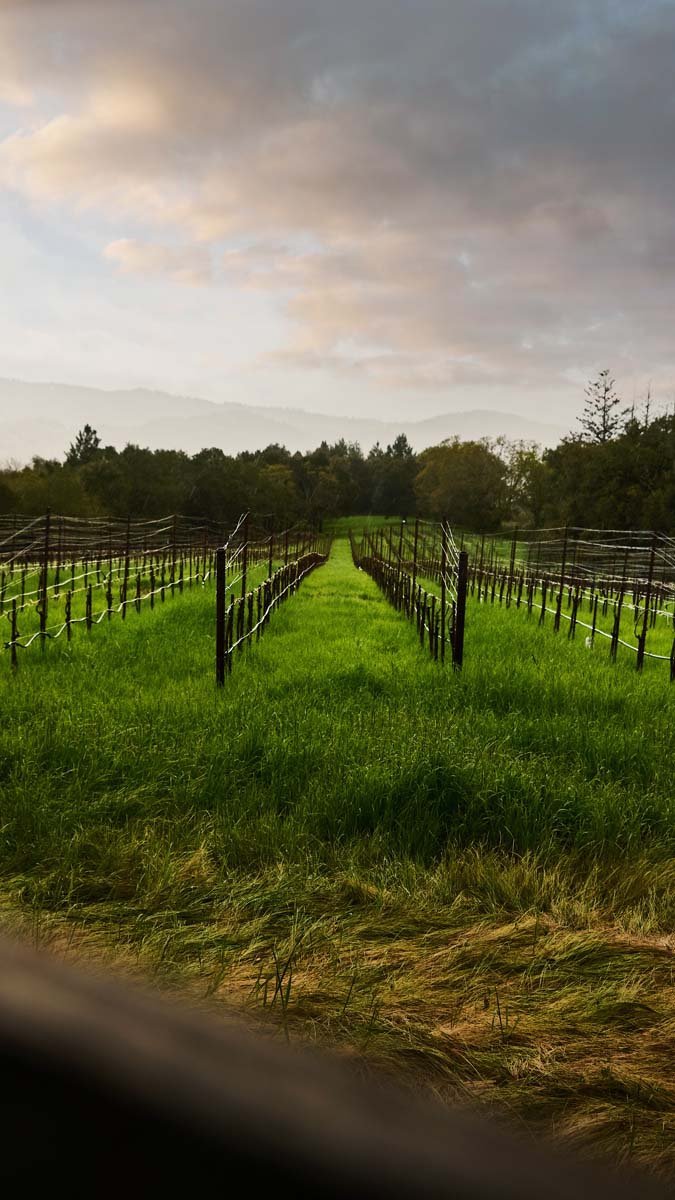
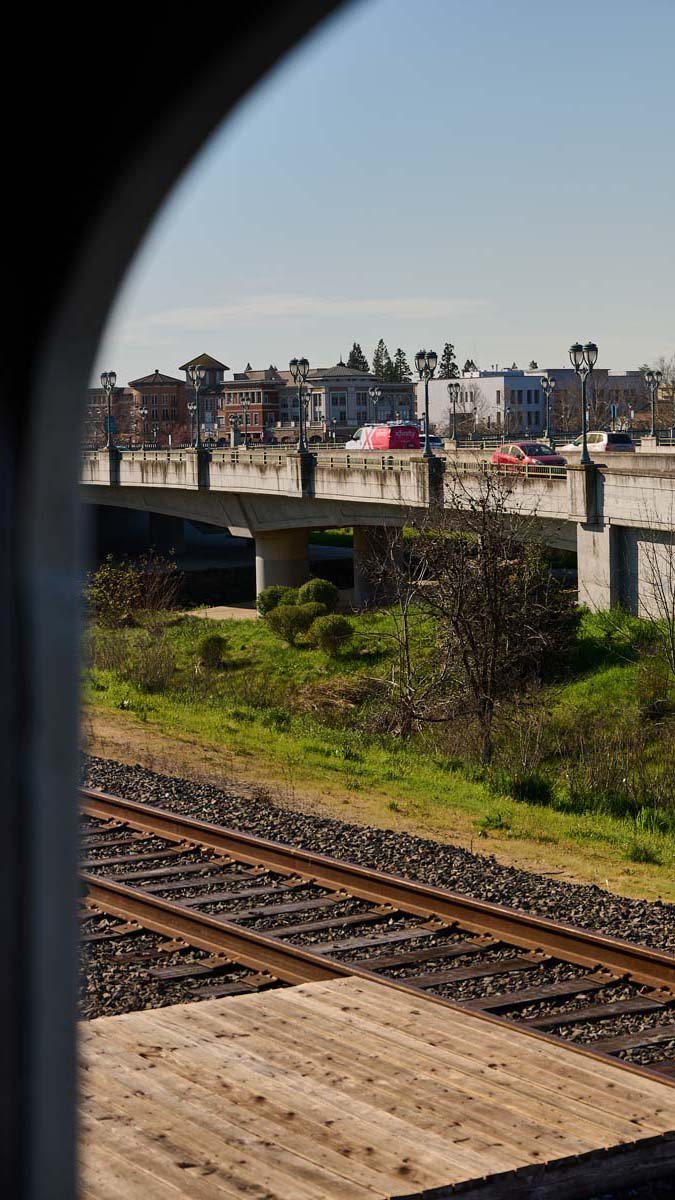
We finished up in Napa at a Nepali restaurant and now we’re heading back to the city buzz.
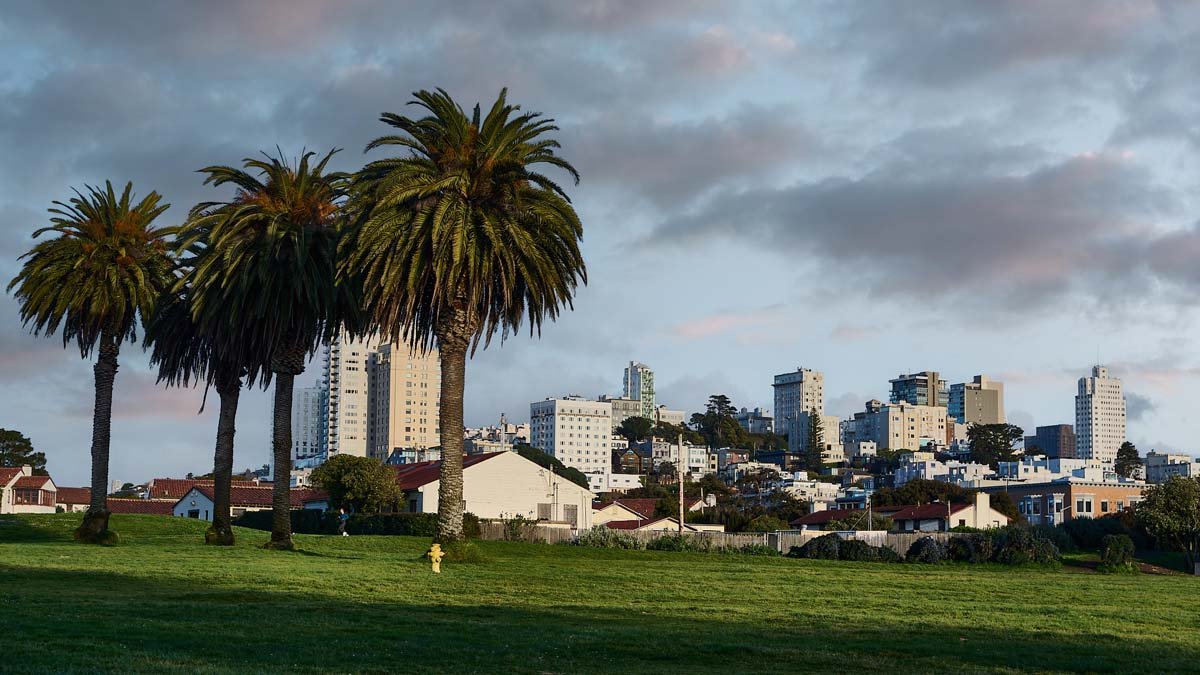
Last time I was here, it was pretty rough — lots of dirt and poverty. But San Francisco changed a lot over 10 years. Now it’s clean and nice. Or maybe the dirt just moved somewhere else? Maybe. I wasn’t really into Alcatraz, so we started at the Golden Gate, but avoided the tourists and went for a hidden spot with great views. The good part — no crowds. The bad part — it’s a bit of a walk.
You can get close to downtown almost for free with all the Ubers and self-driving cars around. Normally a car pulls up, a person inside opens the door, and you avoid all the traffic... well, not really, that’s sci-fi. But self-driving cars are there. You need an app and it’s still kind of a beta, so for us from Eastern Europe, not very useful yet.
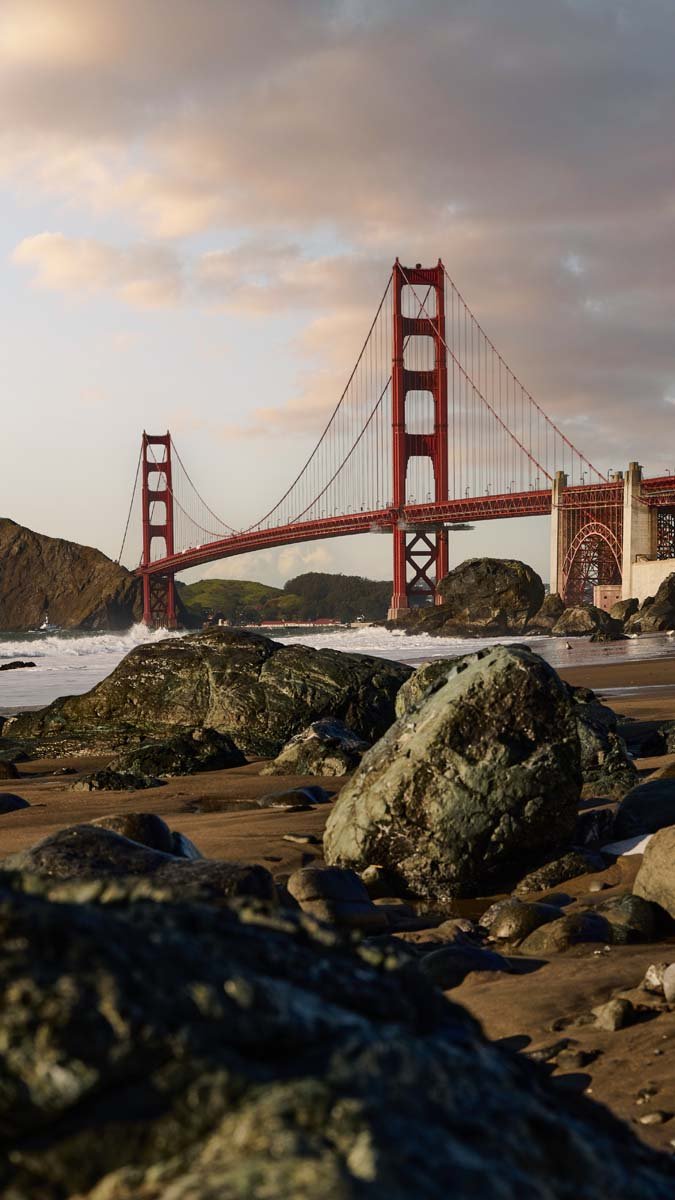

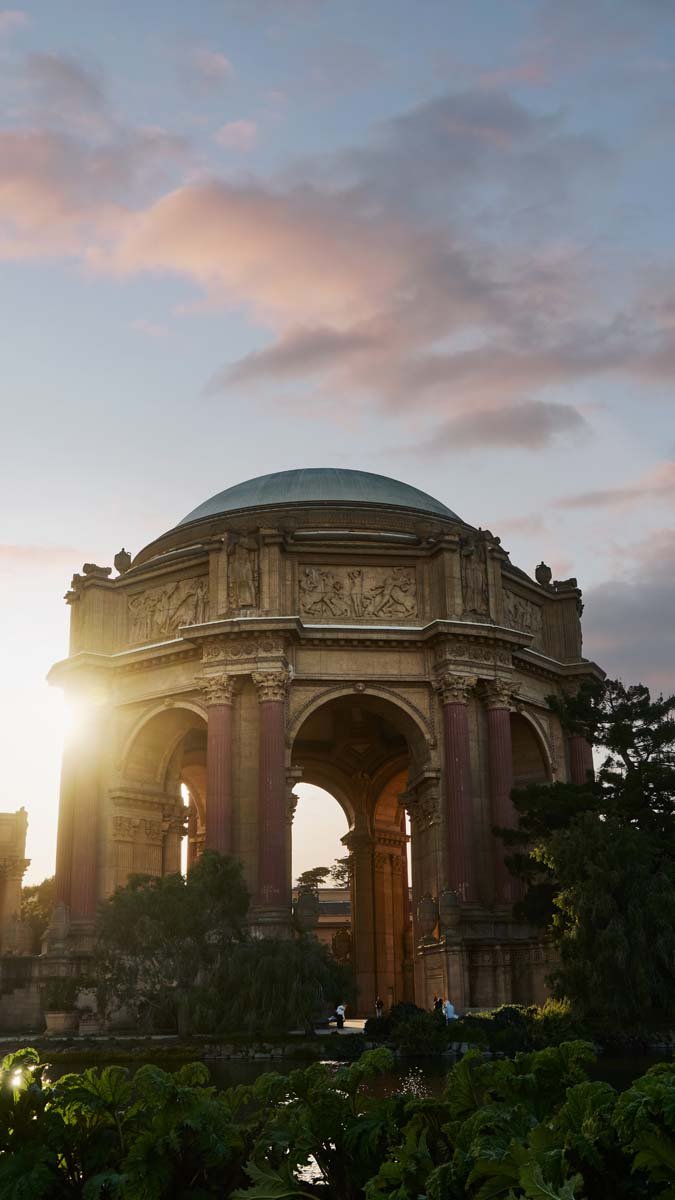
If you like weird stuff, check out Musée Mécanique. It’s full of strange machines from all over the world and time. But no coins, no play — so bring some change.
We got hungry and looked for food. Where else than China Town for some chicken feet? Pretty sure mine had some, but it was great anyway! Watch the portion size and spiciness — you won’t guess either. But with the sound of frying oil and lantern lights, you can eat anything. It was some random place and everything nearby looked similar, so no exact tip. But I did some research. Some unconfirmed tips are at the end of the article.
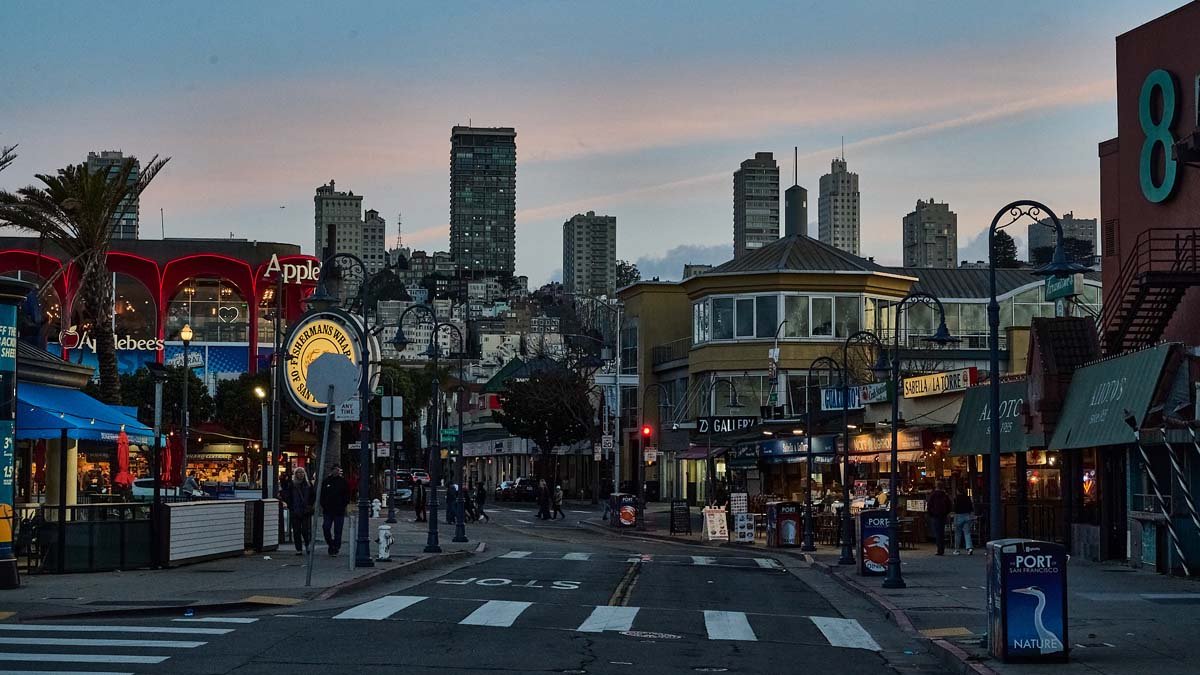
Jazz. Music I’m probably still too young for, but it’s big in San Fran. We were lucky — every place we showed up at, the live music was just ending. Makes sense, it was already 8:30 pm. We were tired anyway, so we had some really sour Guinness at a random Irish pub and hit the bed. Tomorrow’s trip is waiting.
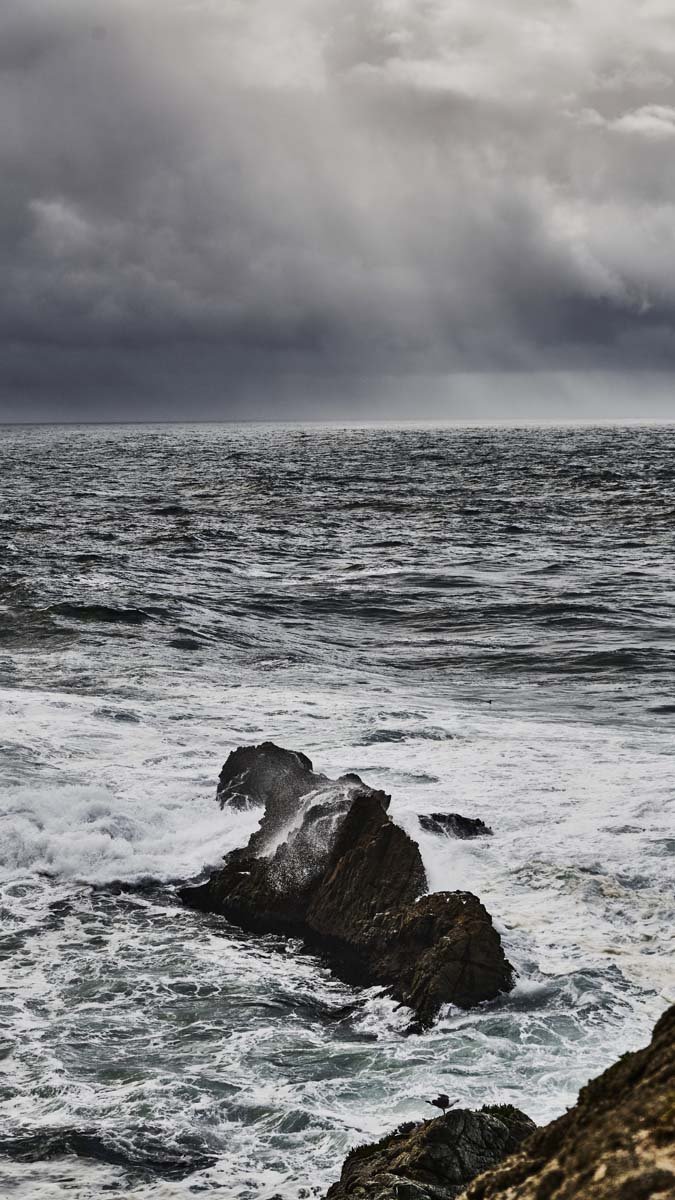
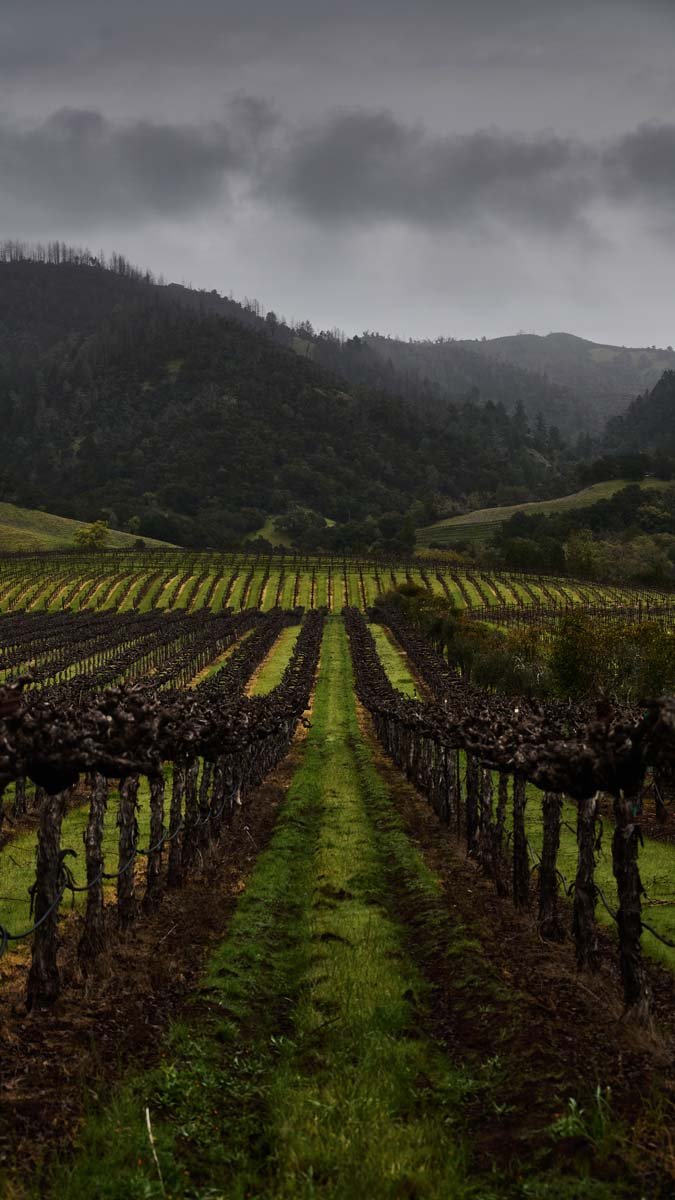
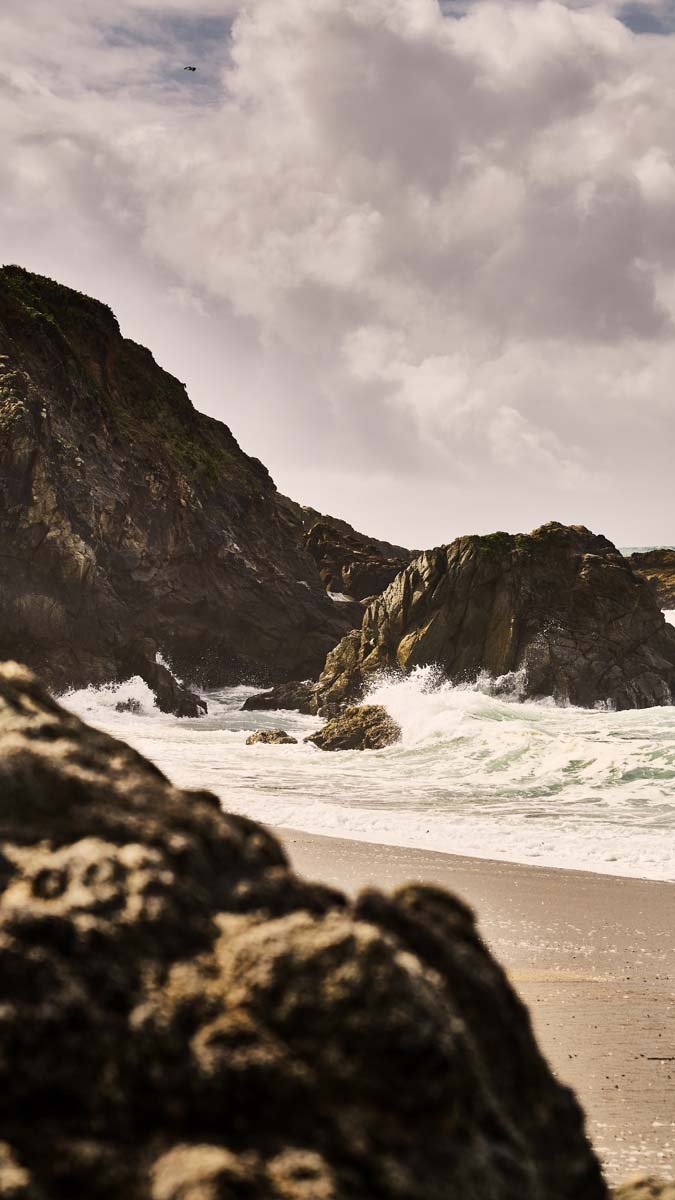
I’ve already mentioned that they have big cars here, right? We rented one of those. Normally, I’m quite environmentally conscious, but in the United States, you’re pretty much stuck without a car. For distances longer than 200 meters, a car is necessary. We needed a Dodge Ram 2500 V8. And it had to be red. Admittedly, it was a bit extreme, but I wanted to try it. Probably not a second time. I don’t mind that it’s big, but it’s uncomfortable and slow. Considering it has a V8 engine, I expected an experience worthy of Fast and Furious movies. Because it’s about 20 feet long, the whole vehicle sways as you drive, making you feel like you’re on a pirate ship—one that this truck could definitely tow.
We set sail and drove on. It was raining a bit, but that didn’t stop us. Bodega Bay is located on the coast north of San Francisco. It’s a lovely trip. Our lunch destination was clear — local BBQ, specifically A and M BBQ in Sebastopol. No, this blog isn’t about the Russian invasion of Crimea; we’re staying in the United States. Sometimes you find places here similar to those in Europe, but I’ve never had BBQ like this. They have a huge smoker outside, something like a BBQ machine that looks like a car from a post-apocalyptic movie, and they slow-cook the meat for hours. We took their advice and tried the brisket, which is beef chest meat. We were a little surprised they didn’t serve fries, which made us rethink our expected calorie intake. But they did offer beans, peas, cornbread, and some pickled vegetables, which was great. I highly recommend it!
Let’s pause for a moment on American food. You’ll see burgers and BBQ everywhere. However, plant-based options are becoming increasingly common, which is very positive. Thanks to the cultural diversity of the United States, you can also find authentic Mexican, Chinese, Japanese, and many other cuisines here. It’s closer than anywhere else. It’s also worth mentioning the endless variety of beers and small craft breweries. From a gastronomic point of view, California is exceptionally well equipped.
Our base for the evening was Healdsburg. But we spent the afternoon at one of the wineries recommended by Arielle. The experience and the wine were a hundred times better compared to anything the Wine Train showed us. Reeve Wines sources grapes from a community of local growers but processes them themselves. In a place like California, this makes sense when you consider the price per hectare of vineyard land. It’s around 800,000 USD here. To put that into perspective, good vineyards in the Czech Republic cost about 50,000 USD per hectare. At good wineries, you can expect to pay about 100 USD for 6 to 10 wine samples along with some finger food.
After enjoying some fine wine, we treated ourselves to ice cream in the town center, which is quite upscale. Considering where we are in California—and with all due respect—Healdsburg is a beautiful small town. The local businesses were full of tourists, but on the outskirts, we found a pub straight out of a movie. It was packed with locals, live country music was playing, there was popcorn and beer—everything you could wish for. I almost felt sorry to leave early, but yes, we were tourists too, and we had plans.
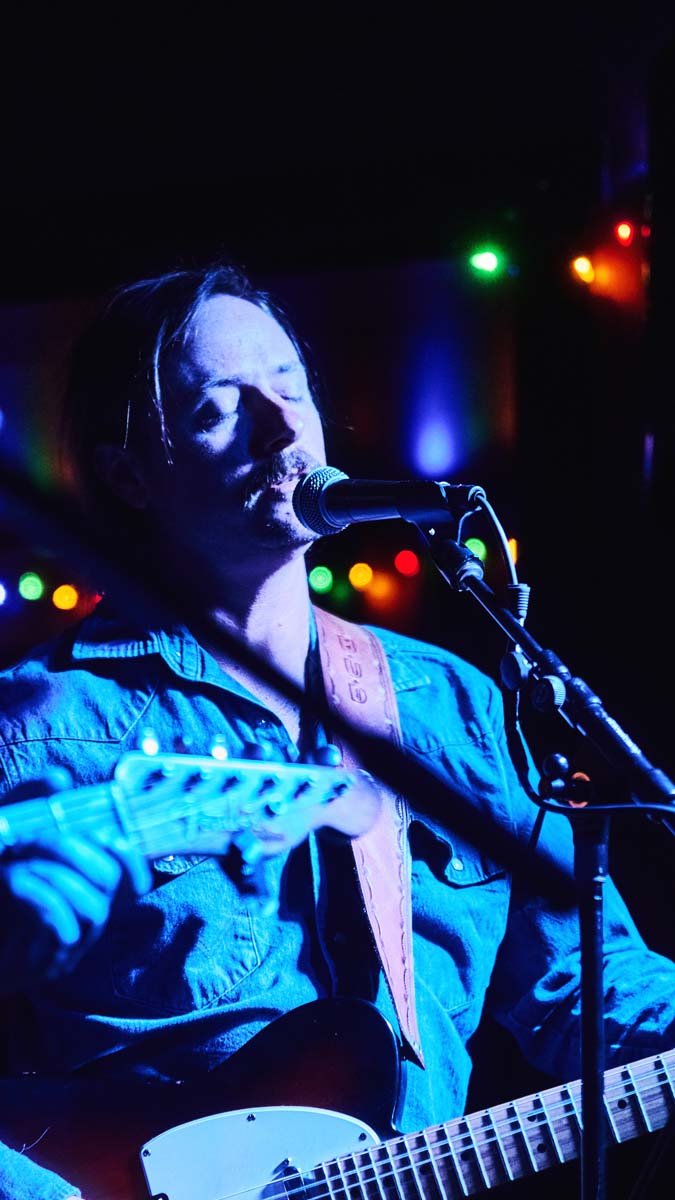
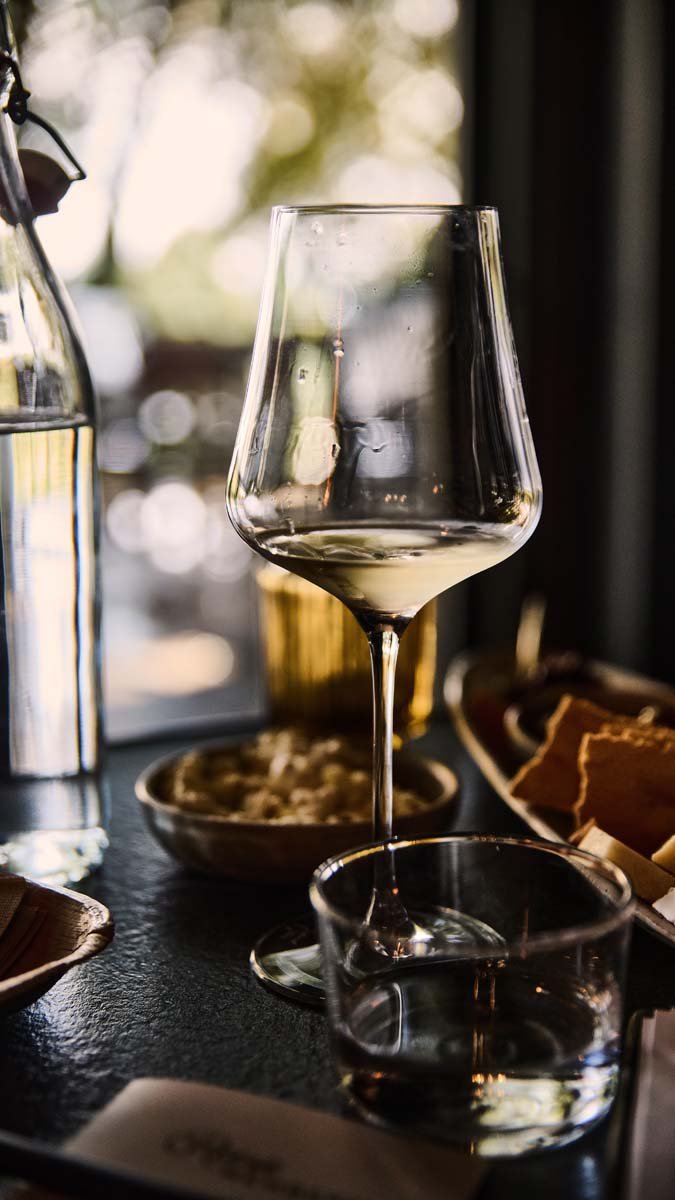
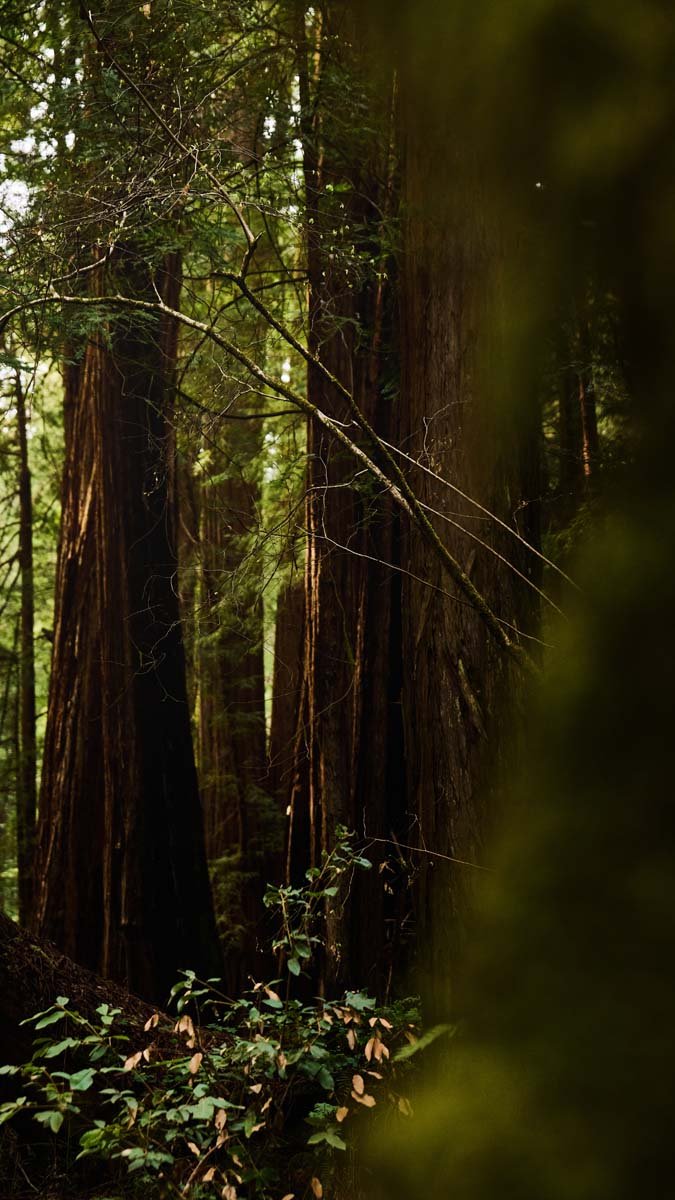
Before our flight, we had one last stop: Muir Woods. It’s a redwood park where you need to reserve parking and buy a ticket. Surprisingly, our vehicle qualified as “oversize” in the world of King Kong and Donald Trump. But being clever Czechs, we bought a standard size ticket and relied on American leniency—which is enormous. Many people are afraid of the United States, especially its people, labeling them as arrogant fools. However, my experience has always been quite different. The locals are kind, warm, and always ready to help, overlook small mistakes, or engage in conversation. Give them a chance.
One of the workers at the Muir Woods parking lot even found a suitable spot for our oversized vehicle, wished us a nice day, and we set off to search for four-leaf clovers in the park. Of course, there were redwoods, but I wasn’t really interested in them! The entire park was covered in three-leaf clovers, similar to those we have at home, but of course, in America, they’re about five times larger. A four-leaf clover hunter was awakened in me. This mutated variety must exist in those sizes as well. The mission was unsuccessful. I guess I’ll wait for AI-powered photo recognition to get better before trying again.
We stopped for Five Guys and, navigating through an enormous pile of fries, headed to the airport, looking forward to arriving back in fragrant Europe a few centuries later.
Visas and ESTA - https://esta.cbp.dhs.gov
Where to rent a car and what to rent - I use Rentalcars.com to compare prices, then usually rent directly from the specific rental company. Usually, insurance is included and you have the certainty of dealing directly.
Subcribe to my email list and once a month (probably every half a year, haha) you will get email and explore original stories, look behind the scenes and be the first one to know what’s going on.
Do you have a project I can help you with? I help non-profits, agencies, farmers and people with product tell their stories. Let me help tell yours.
Contact me
I am a filmmaker, documentarist, and environmental ambassador. I tell stories—through film and photography—about those shaping a sustainable world. From mezcal distilleries in Mexico to Moravian vineyards, I capture narratives that matter. I also craft experiences in UI/UX design and create music. When I'm not behind the camera, I travel, drink good wine, and enjoy great whiskey.